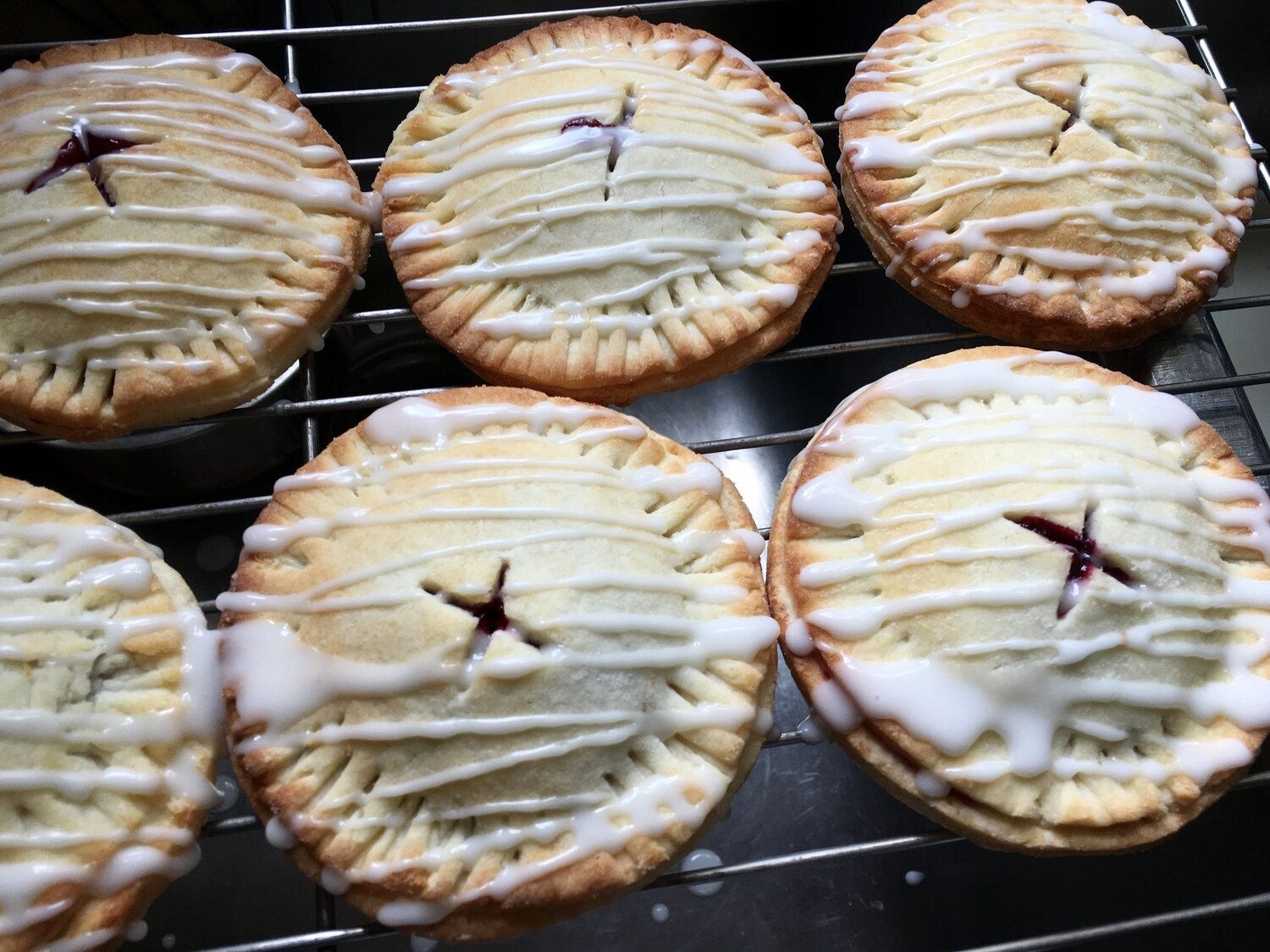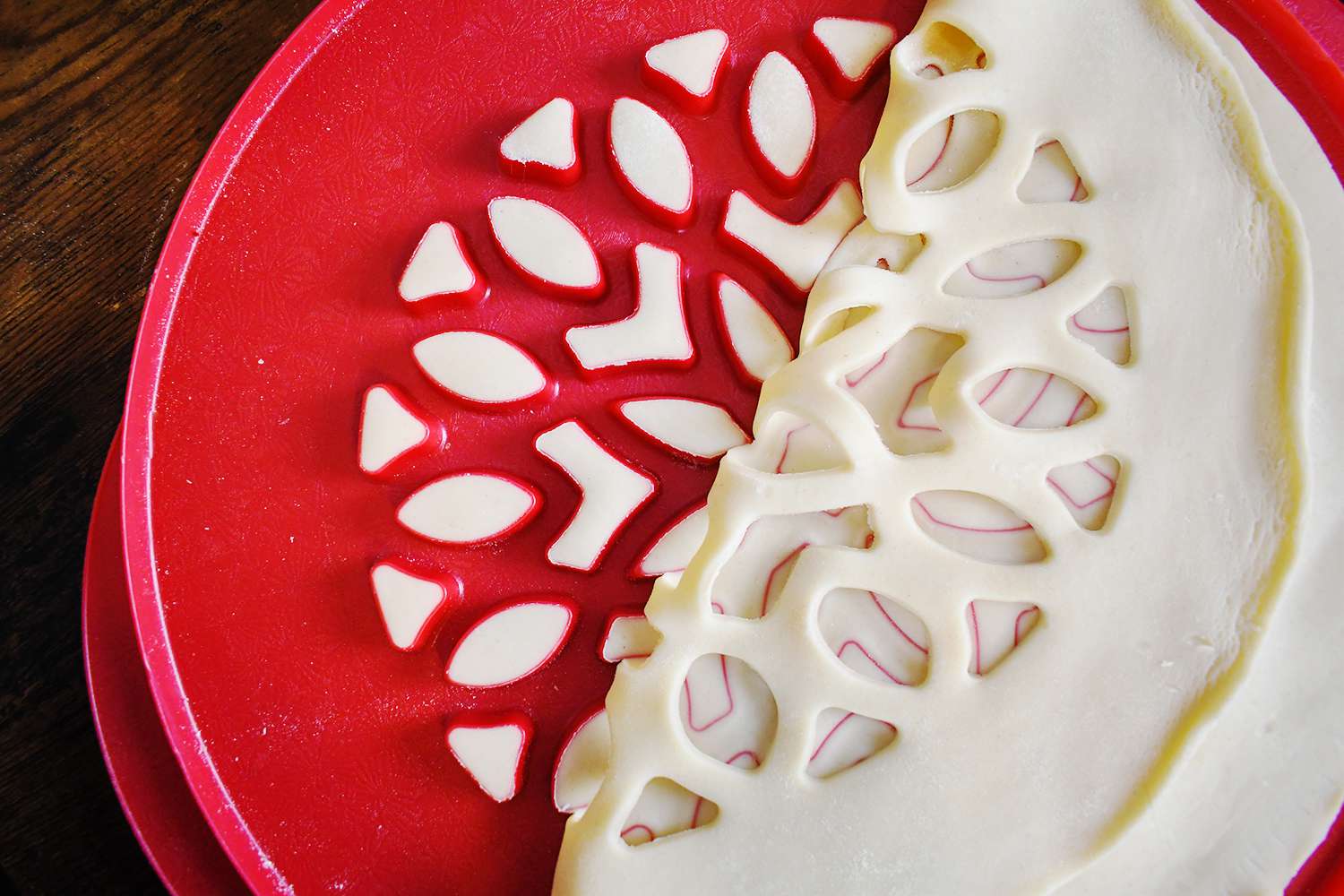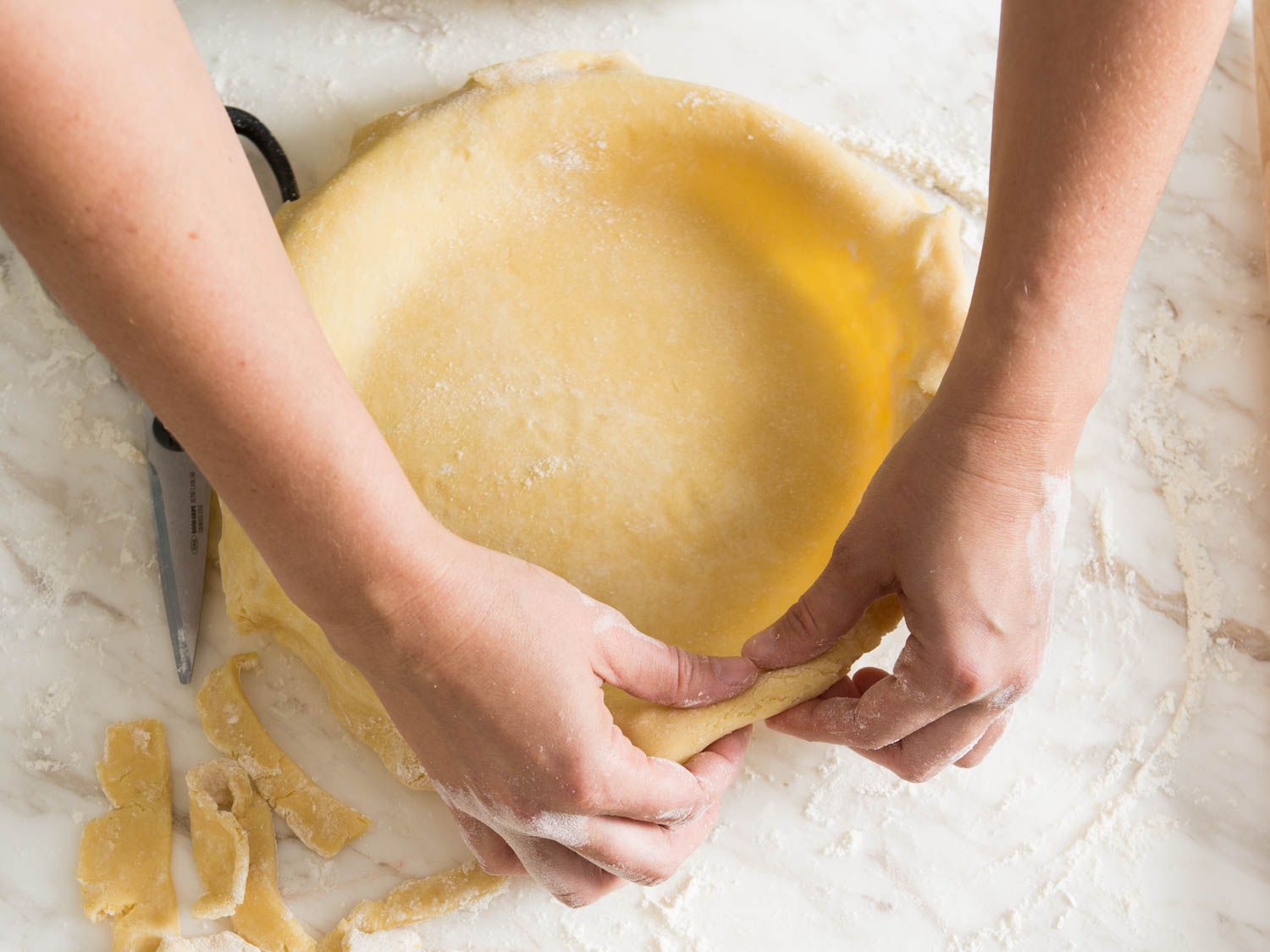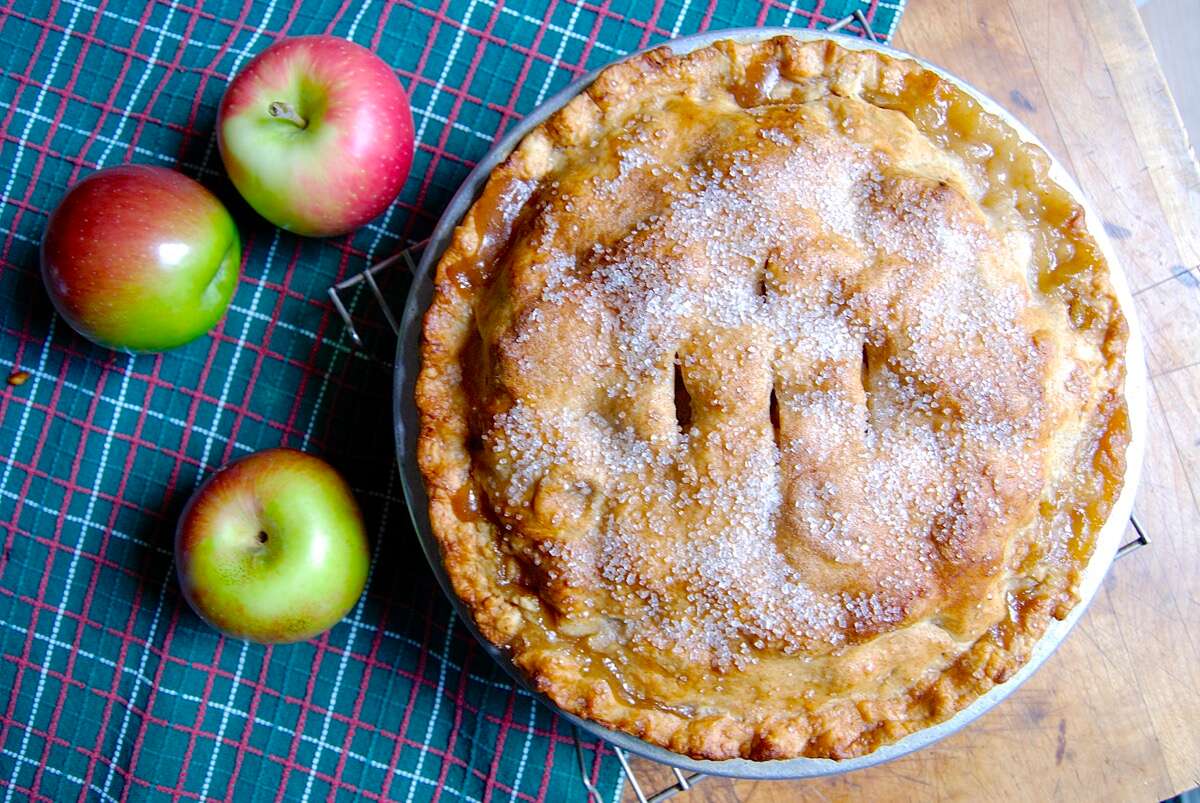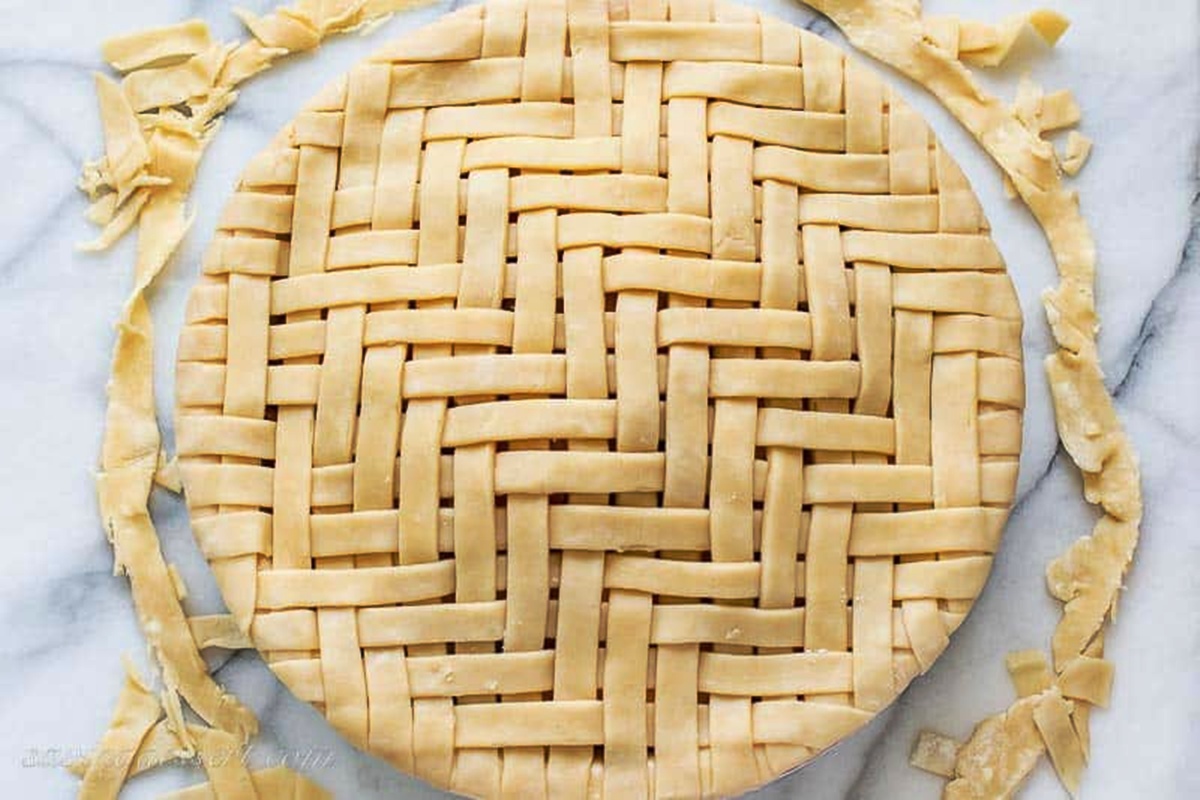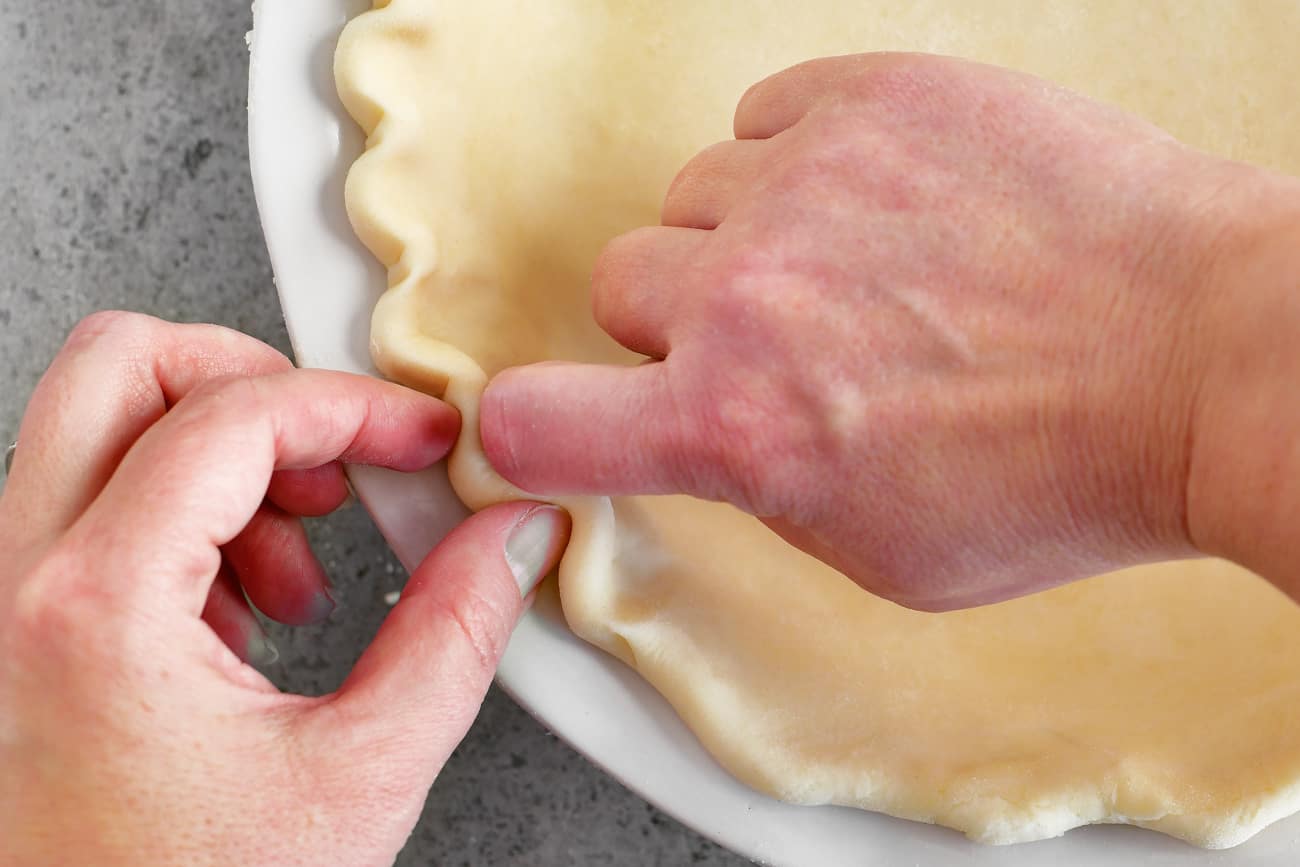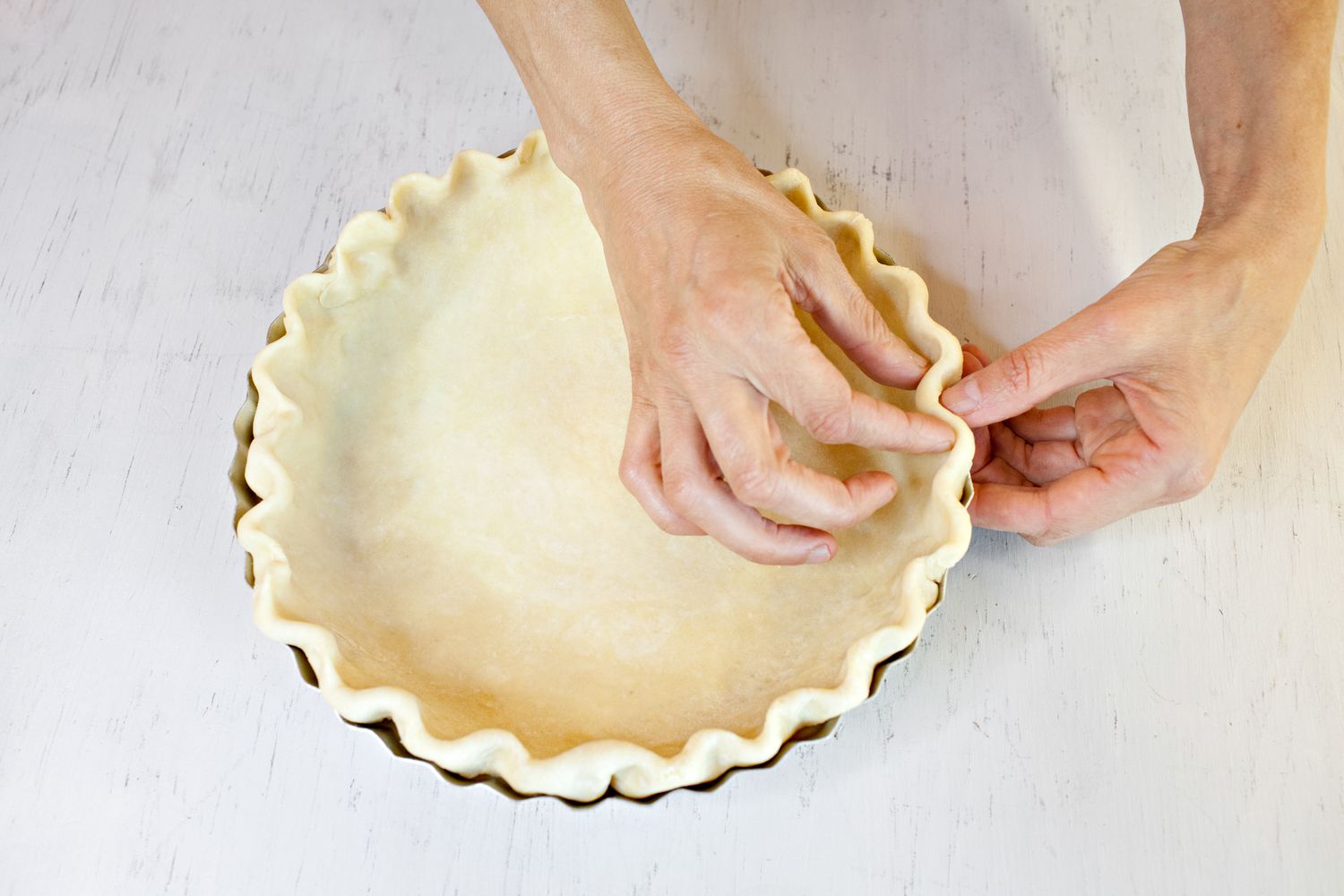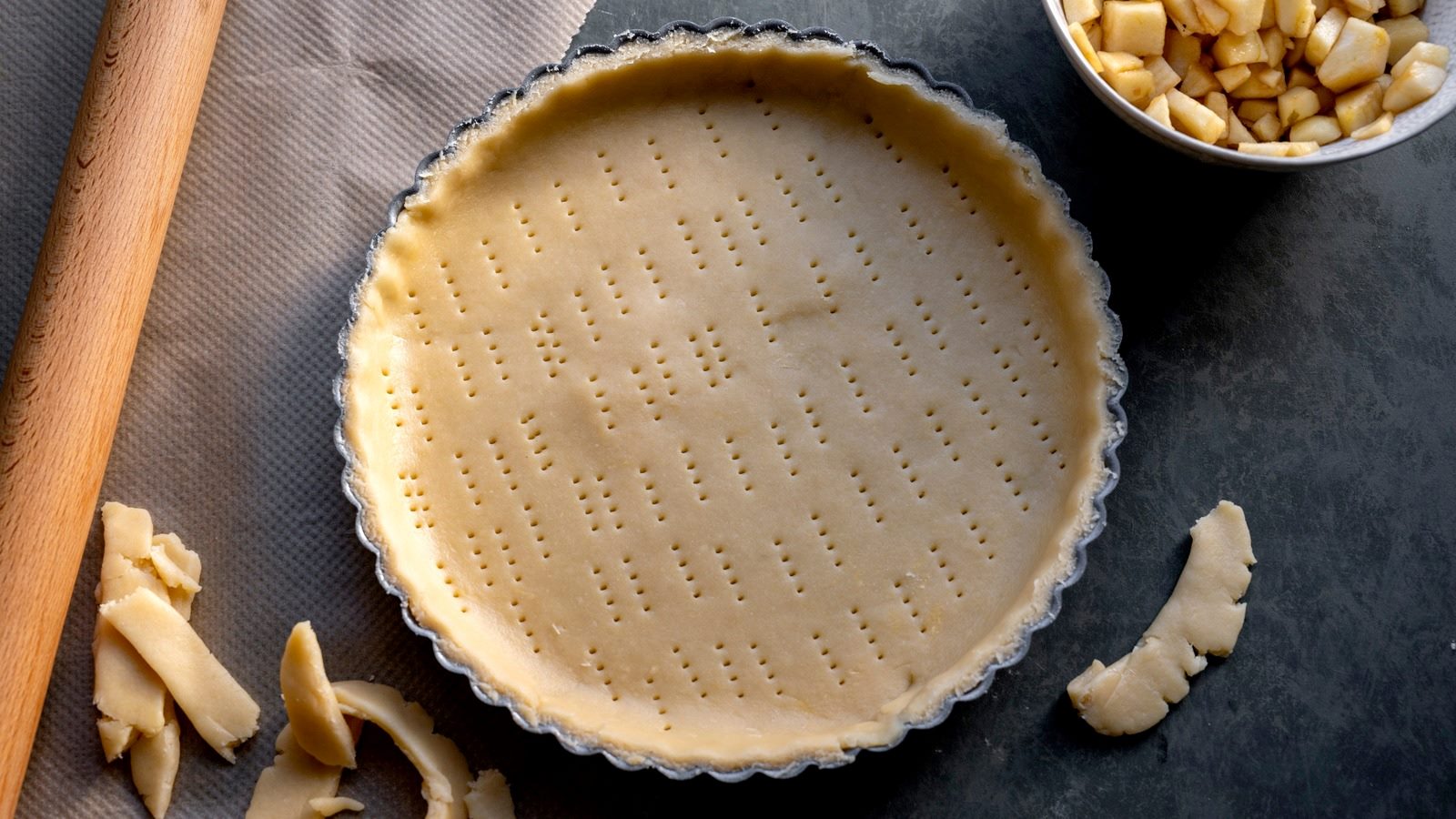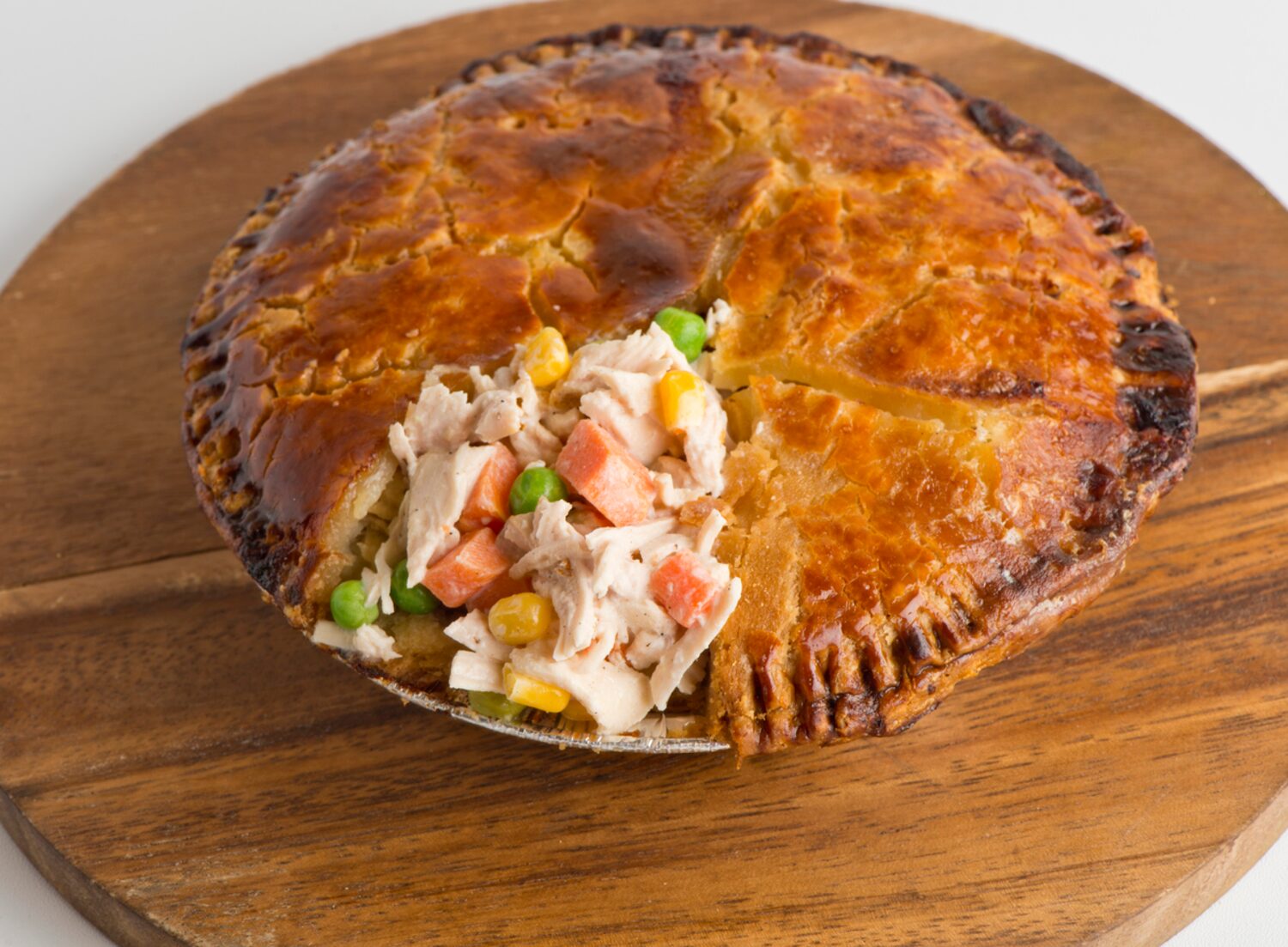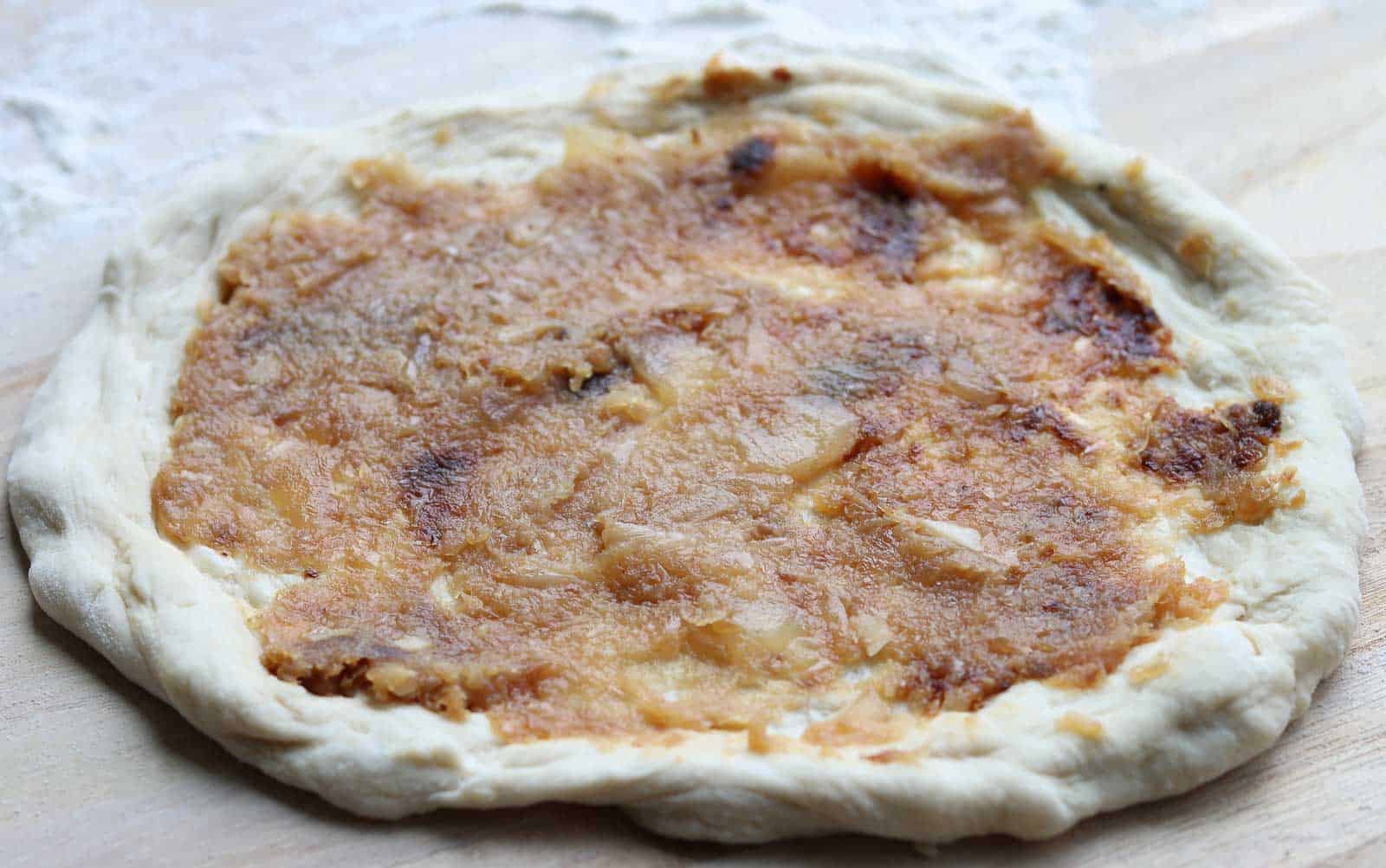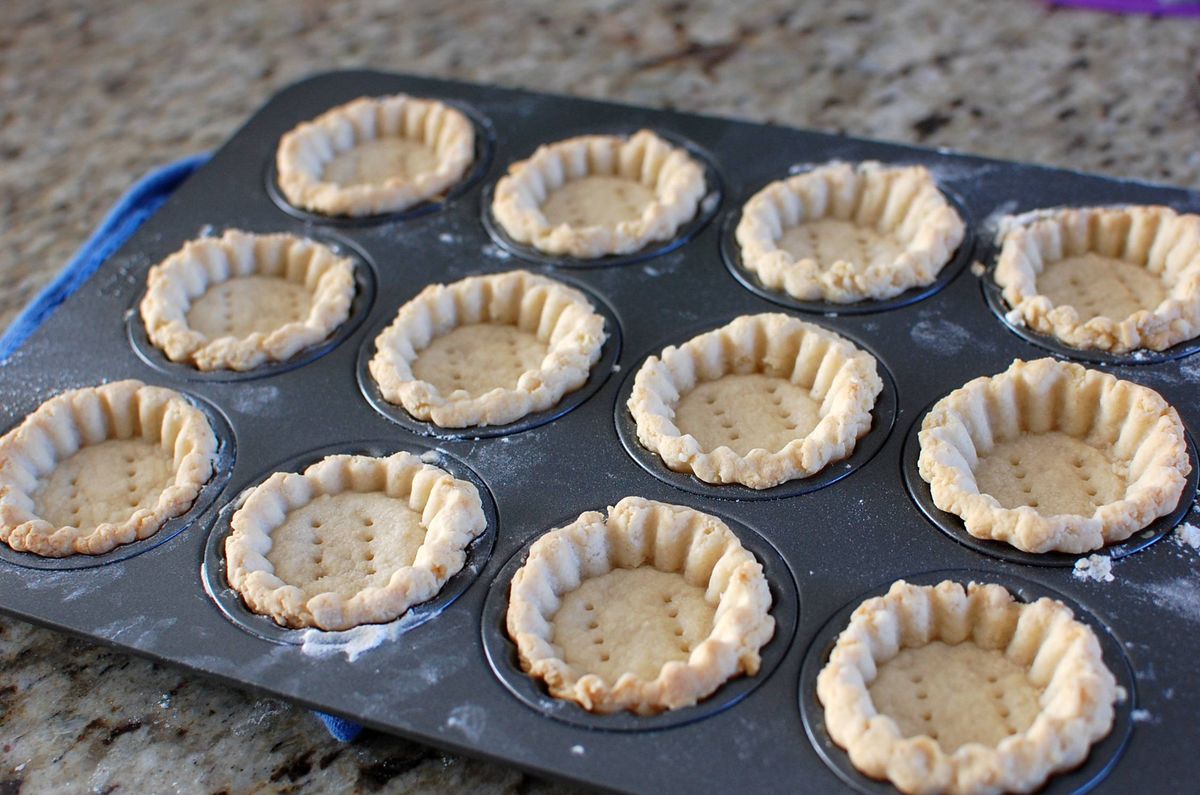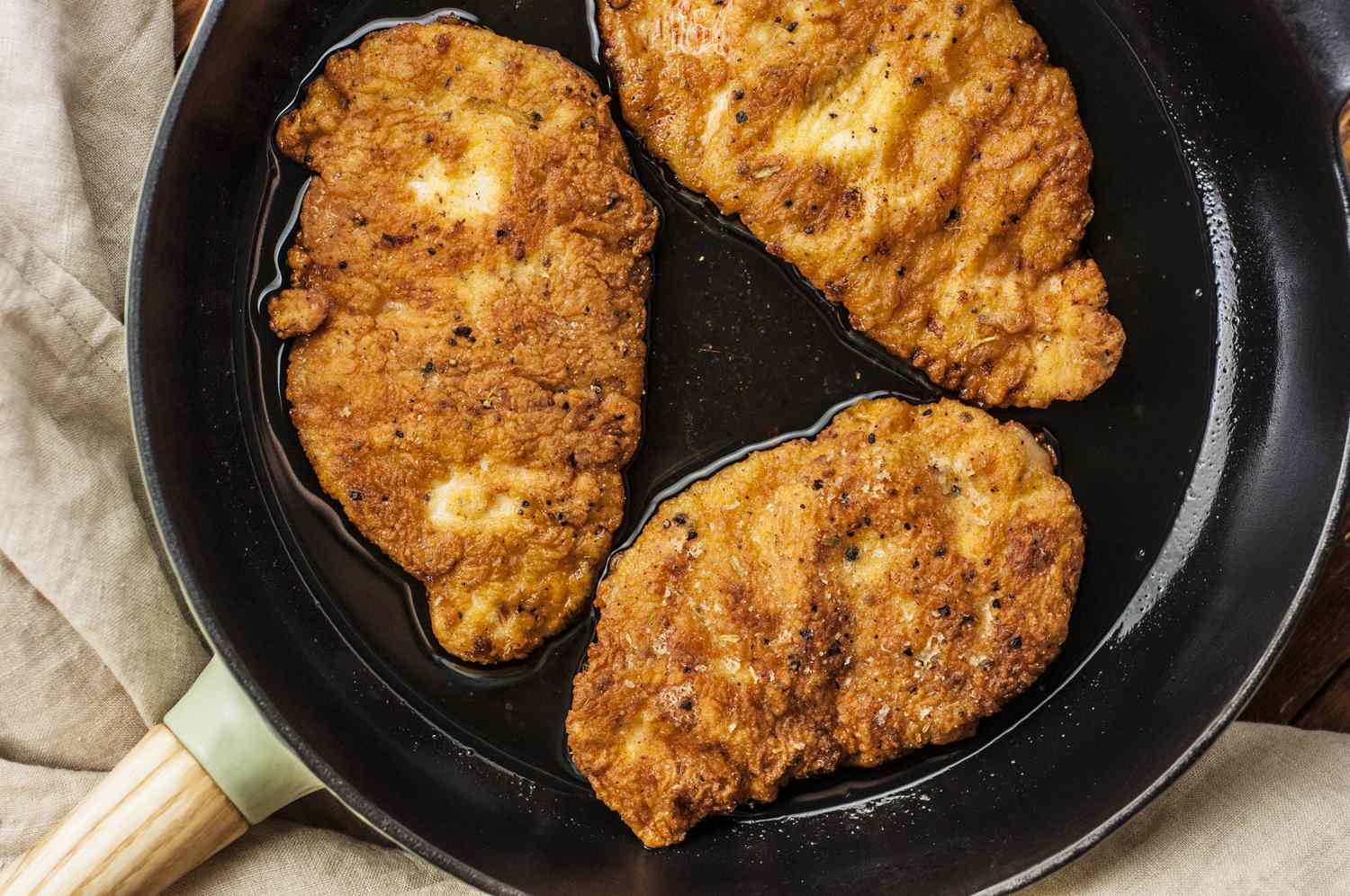Baking a perfect pie crust can seem tricky, but with some practice, anyone can master it. A good crust should be flaky, tender, and golden brown. Key ingredients include flour, fat (like butter or shortening), water, and a pinch of salt. The secret lies in keeping everything cold and not overworking the dough. Whether making a sweet apple pie or a savory quiche, a well-made crust sets the foundation for a delicious dish. Ready to roll up your sleeves and get baking? Let's dive into the basics of creating a pie crust that will impress everyone.
Essential Ingredients for Perfect Pie Crust
Baking 101: Mastering the Art of Pie Crust
- 2 1/2 cups all-purpose flour
- 1 cup unsalted butter (cold, cut into small cubes)
- 1 teaspoon salt
- 1 teaspoon sugar
- 1/4 to 1/2 cup ice water
Tools You Need for Baking 101: Mastering the Art of Pie Crust
- Rolling Pin: Essential for evenly rolling out your dough to the perfect thickness.
- Pastry Cutter: Ideal for cutting butter into flour to create flaky layers.
- Mixing Bowls: Various sizes for mixing dough and fillings.
- Measuring Cups and Spoons: Precision is key in baking, so accurate measurements are a must.
- Pie Dish: The vessel for your masterpiece, available in glass, ceramic, or metal.
- Parchment Paper: Helps with rolling out dough and can be used for blind baking.
- Fork: For crimping edges and poking holes in the bottom of the crust to prevent puffing.
- Pastry Brush: For applying egg washes or butter for a golden finish.
- Oven Thermometer: Ensures your oven is at the correct temperature for baking.
- Cooling Rack: Allows air to circulate around the pie, cooling it evenly.
For a flaky pie crust, keep ingredients cold and handle dough minimally. This prevents gluten formation, ensuring your crust remains tender and light. Use ice water for best results.
The Importance of a Good Pie Crust
Pie crust is the foundation of many delicious desserts. Mastering it ensures your pies have the perfect balance of flakiness and tenderness. A well-made crust can elevate simple fillings into something extraordinary, making every bite memorable.
Creating a homemade pie crust connects us to tradition. It allows for creativity, letting bakers experiment with different flours, fats, and techniques. This hands-on process brings a sense of accomplishment and joy, turning baking into a cherished ritual.
Step-by-Step Guide to Mastering the Art of Pie Crust
Baking 101: Mastering the Art of Pie Crust
Ingredients:
- Flour
- Butter
- Salt
- Water
Step-by-Step Guide:
-
Prepare Ingredients
- Measure 2 1/2 cups of flour.
- Cut 1 cup of cold butter into small cubes.
- Have 1 teaspoon of salt ready.
- Fill a cup with 1/4 to 1/2 cup of ice water.
-
Mix Dry Ingredients
- Combine flour and salt in a large bowl.
- Stir until evenly mixed.
-
Add Butter
- Add butter cubes to the flour mixture.
- Use a pastry cutter or fork to cut the butter into the flour.
- Continue until the mixture resembles coarse crumbs.
-
Add Water
- Drizzle ice water over the flour mixture, starting with 1/4 cup.
- Mix gently with a fork.
- Add more water, a tablespoon at a time, until the dough starts to come together.
-
Form Dough
- Gather the dough into a ball.
- Divide it into two equal parts.
- Flatten each part into a disk.
-
Chill Dough
- Wrap each disk in plastic wrap.
- Refrigerate for at least 1 hour.
-
Roll Out Dough
- Lightly flour a clean surface.
- Place one disk of dough on the surface.
- Roll out the dough into a circle about 1/8 inch thick.
-
Transfer to Pie Pan
- Carefully lift the rolled dough.
- Place it into a pie pan.
- Press gently to fit the dough into the pan.
-
Trim Excess Dough
- Leave about 1 inch of dough hanging over the edge.
- Trim any excess with a knife or scissors.
-
Crimp Edges
- Fold the overhanging dough under itself.
- Use your fingers or a fork to crimp the edges.
-
Chill Again
- Place the pie pan with the dough in the refrigerator.
- Chill for another 30 minutes.
-
Preheat Oven
- Preheat your oven to 375°F (190°C).
-
Blind Bake (if needed)
- Line the dough with parchment paper.
- Fill with pie weights or dried beans.
- Bake for 15 minutes.
- Remove weights and parchment paper.
- Bake for another 5-7 minutes until lightly golden.
-
Cool
- Let the crust cool completely before adding any filling.
-
Final Touches
- If desired, brush the edges with egg wash for a golden finish.
- Bake according to your pie recipe's instructions.
Crafting the Perfect Pie Crust
Mastering pie crust takes practice, patience, and a bit of love. Start with cold ingredients to keep the dough flaky. Use a light touch when mixing and rolling to avoid overworking the dough. Chill the dough before rolling to make it easier to handle. When rolling out, use even pressure and rotate the dough to maintain a circular shape. Blind baking helps prevent a soggy bottom for custard or cream pies. Remember, practice makes perfect. Each pie you bake will teach you something new. Don’t get discouraged if your first few attempts aren’t perfect. With time, you’ll develop a feel for the dough and the process. Soon, you’ll be creating beautiful, delicious pies that impress everyone. Happy baking!
Common Questions About Baking 101: Mastering the Art of Pie Crust
What are the basic ingredients for a pie crust?
A pie crust usually needs just a few simple ingredients: flour, butter (or shortening), salt, and water. Some recipes might call for a bit of sugar for sweetness.
How do I keep my pie crust from getting soggy?
To avoid a soggy crust, you can blind bake it. This means baking the crust partially before adding the filling. Another trick is to brush the crust with a beaten egg white before adding the filling.
Why is my pie crust tough instead of flaky?
A tough crust usually means the dough was overworked. Handle the dough as little as possible and keep everything cold. Overmixing can develop the gluten in the flour, making the crust chewy.
Can I use a food processor to make pie crust?
Yes, a food processor can make pie crust quickly. Just be careful not to over-process. Pulse the ingredients until they just come together to avoid a tough crust.
How do I prevent my pie crust from shrinking?
To prevent shrinking, let the dough rest in the fridge for at least 30 minutes before rolling it out. Also, avoid stretching the dough when placing it in the pie pan.
What’s the best way to roll out pie dough?
Roll out the dough on a lightly floured surface, starting from the center and working your way out. Rotate the dough occasionally to ensure even thickness and prevent sticking.
Can I freeze pie dough?
Absolutely! Pie dough freezes well. Wrap it tightly in plastic wrap and store it in a freezer bag. It can last up to three months. Thaw in the fridge before using.
